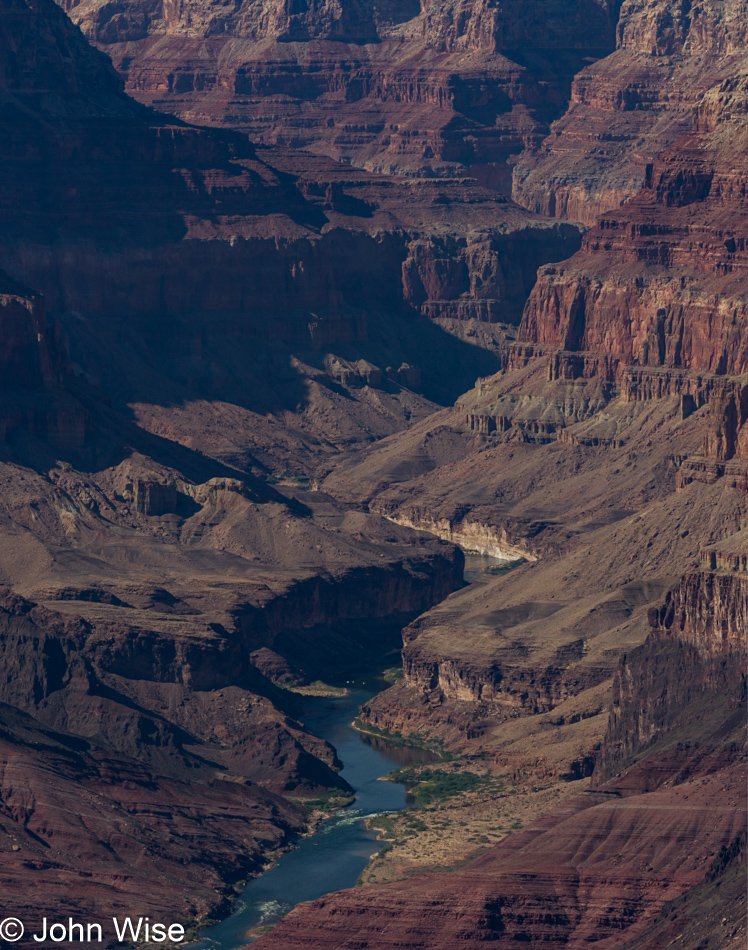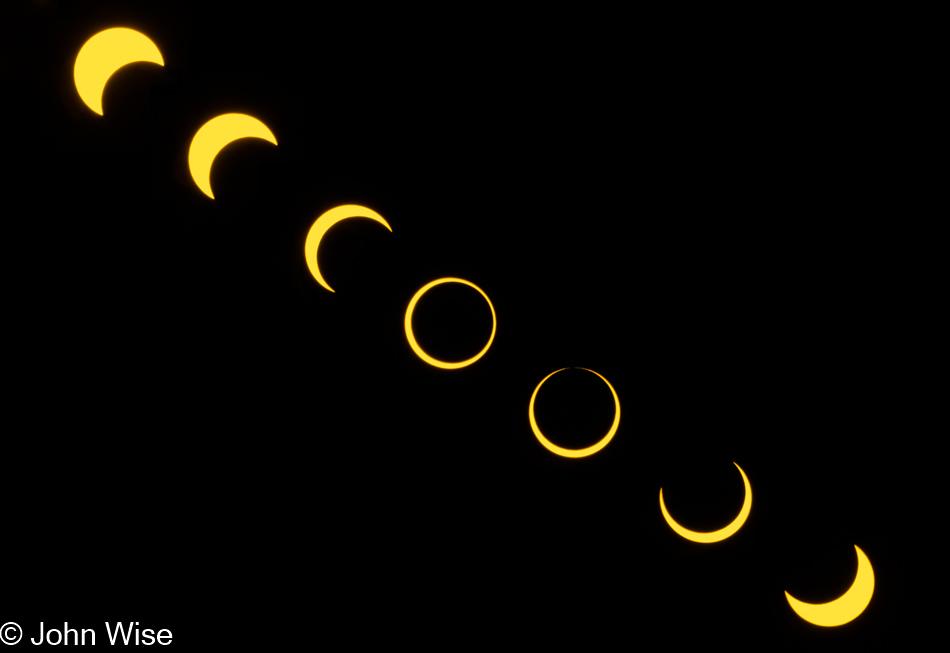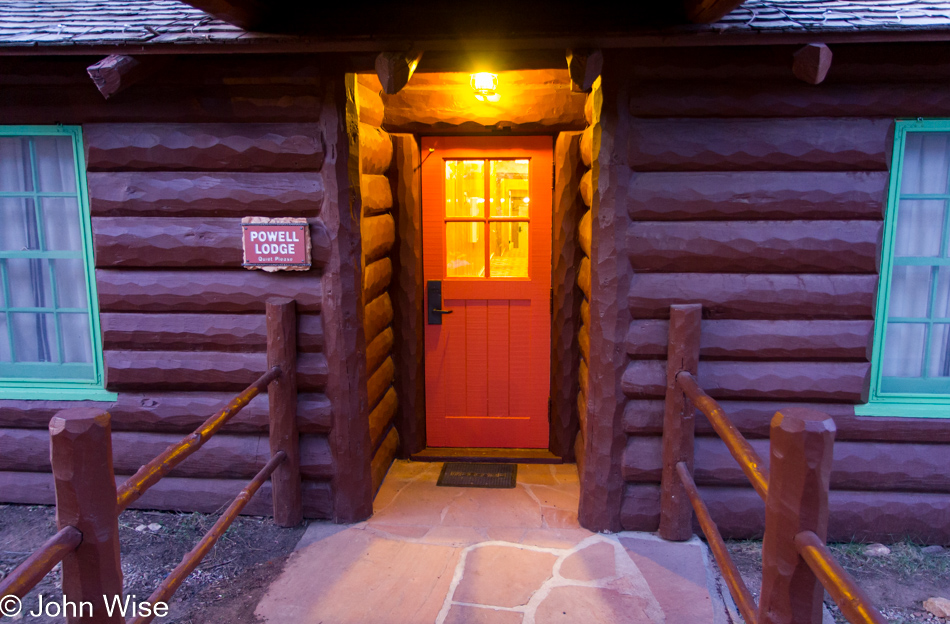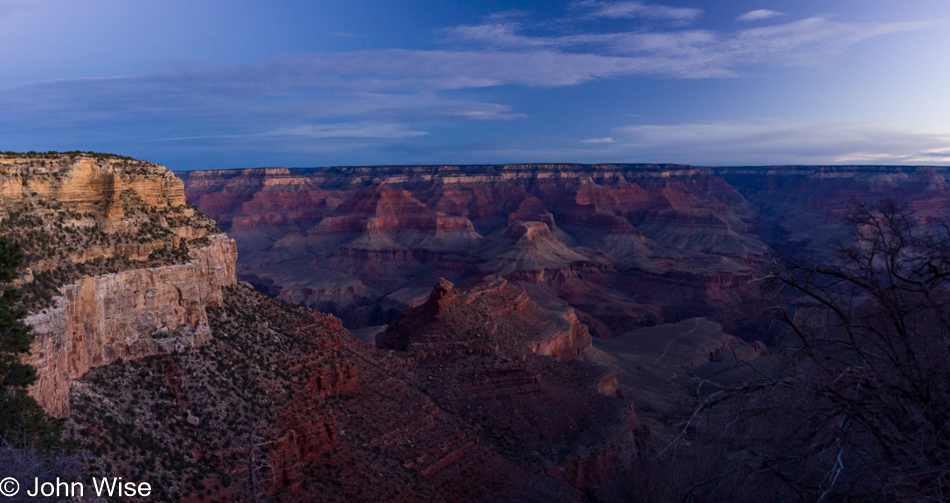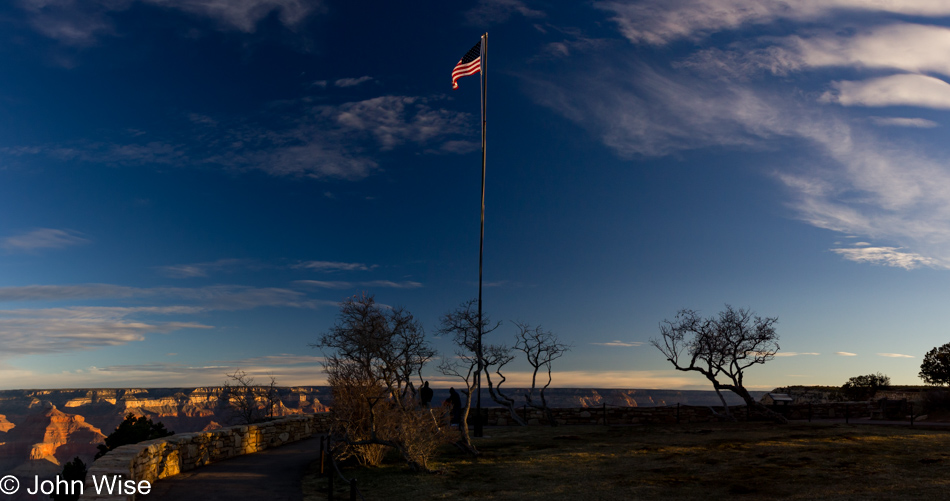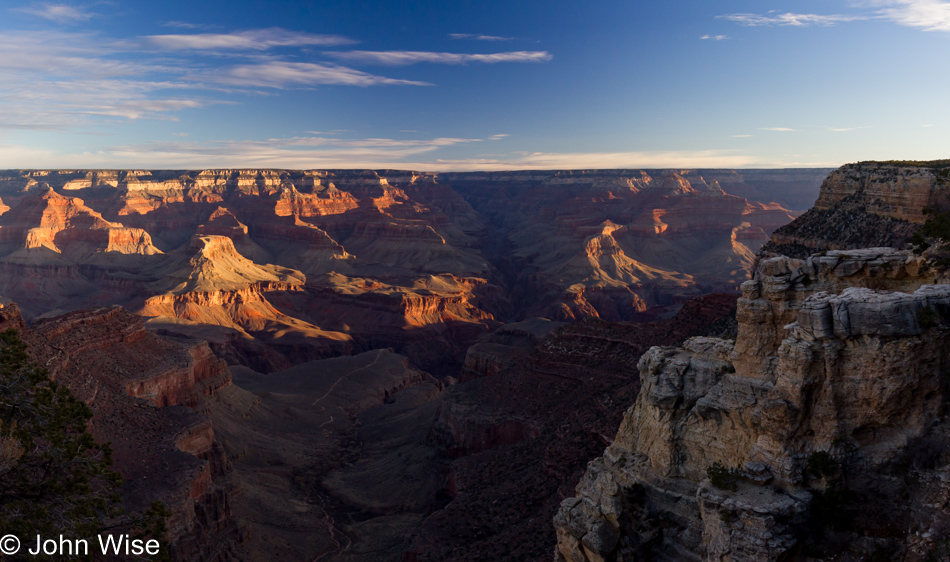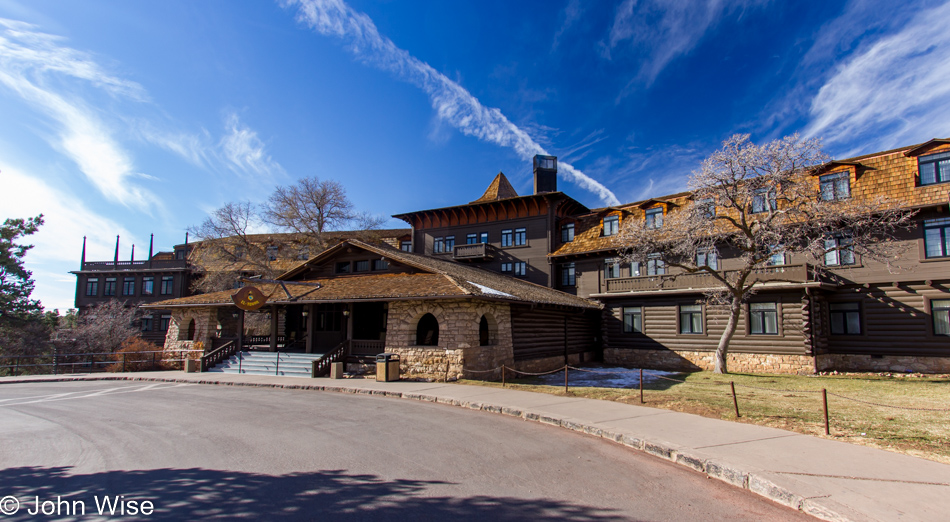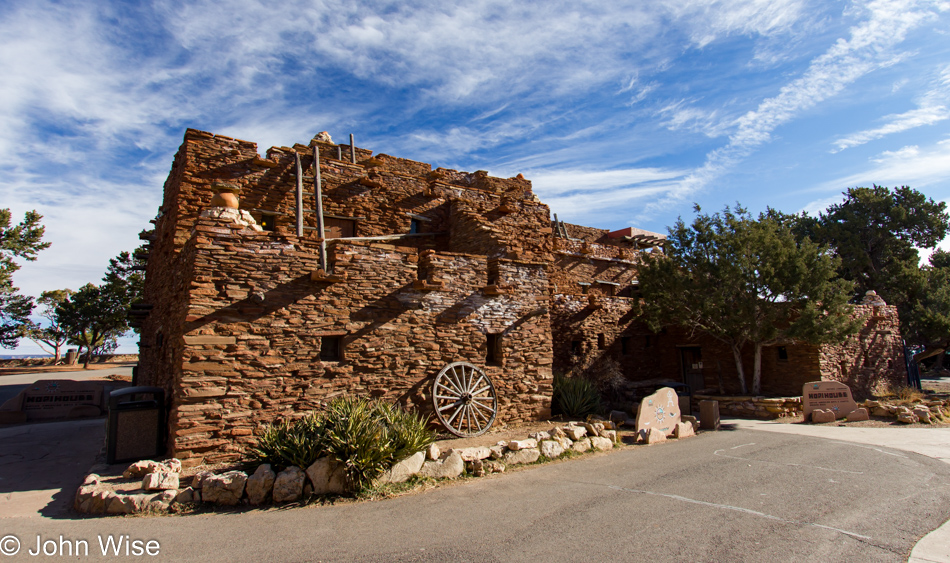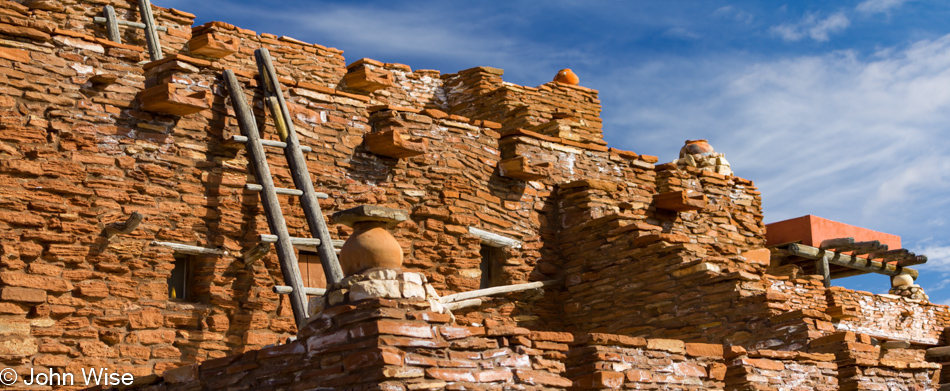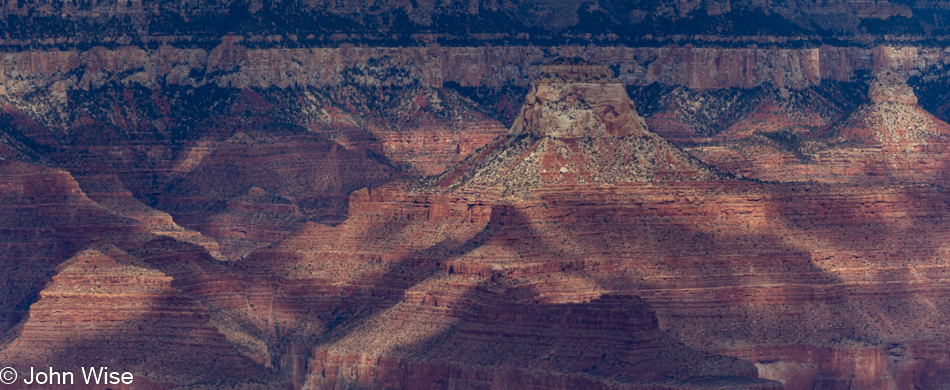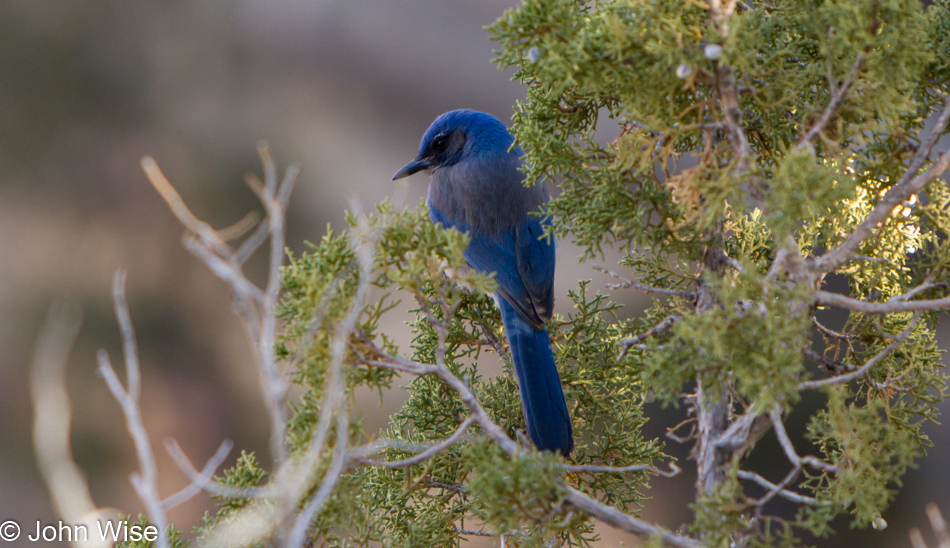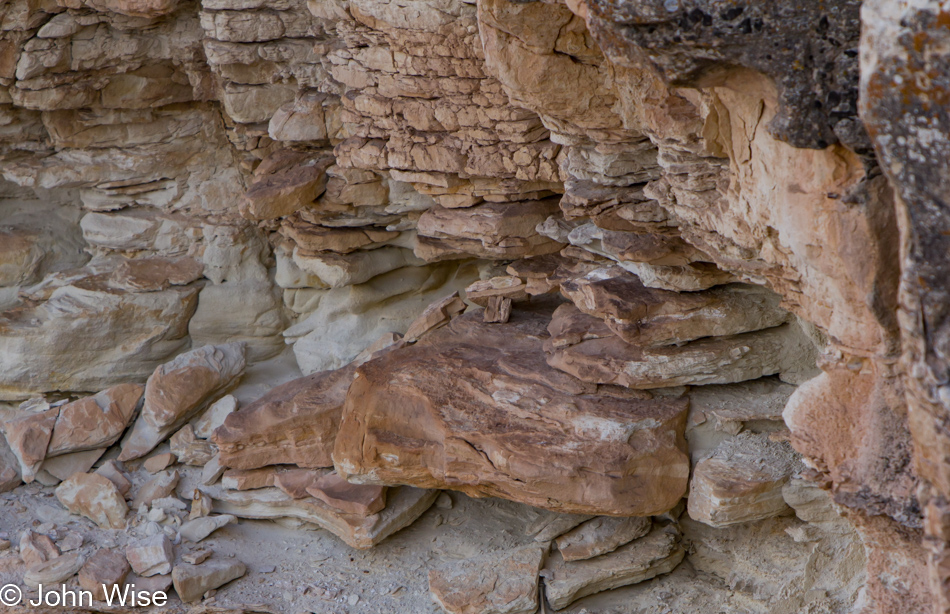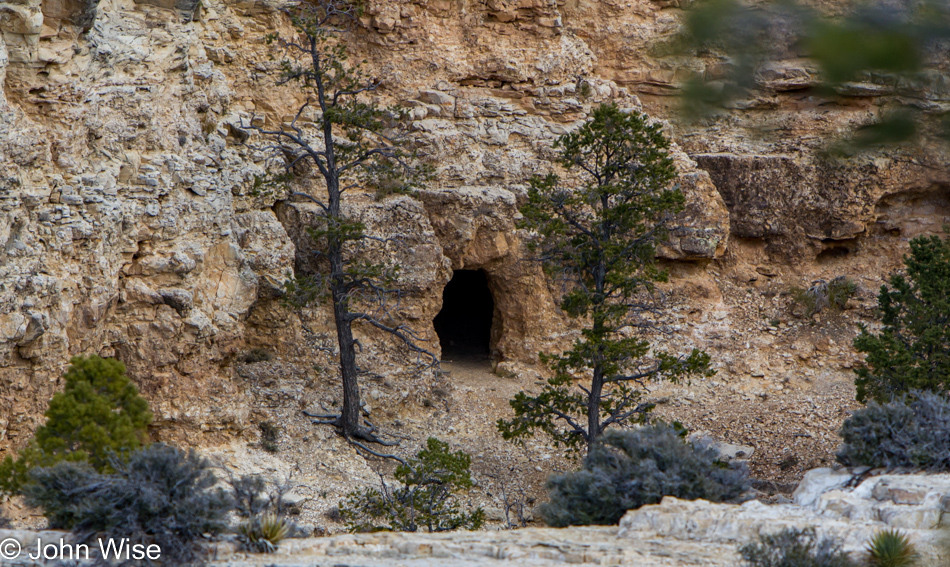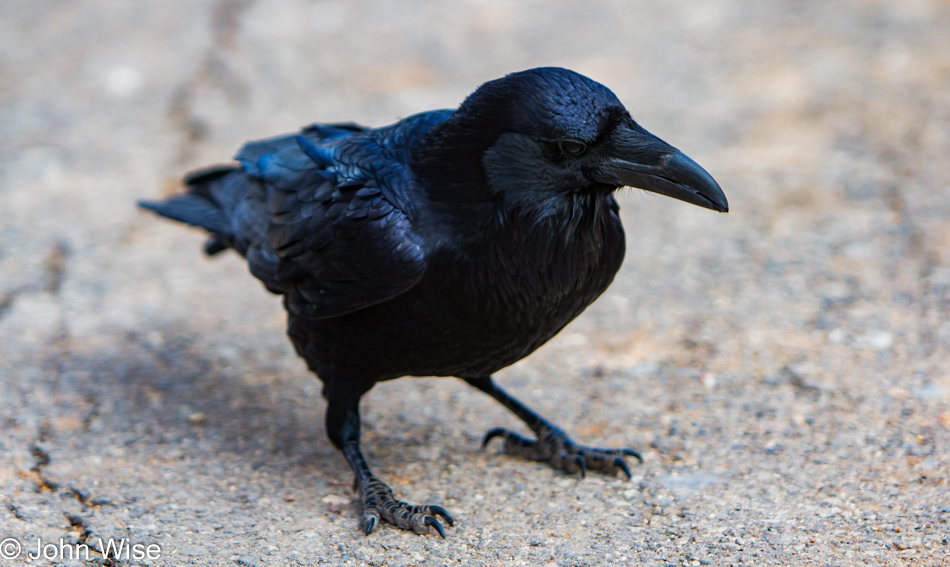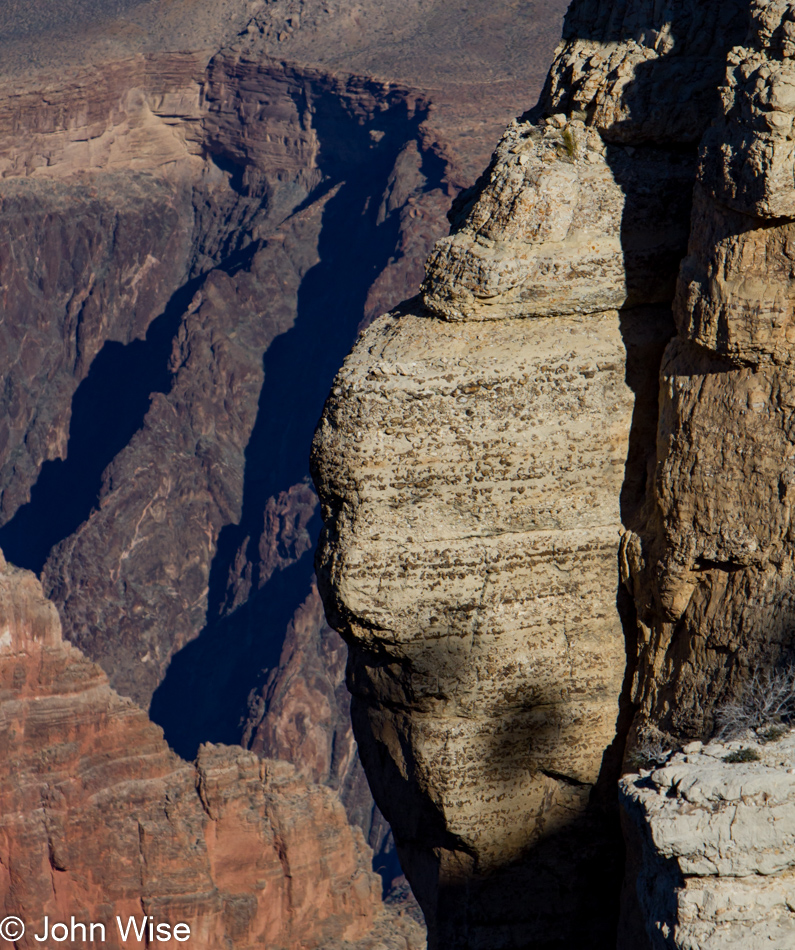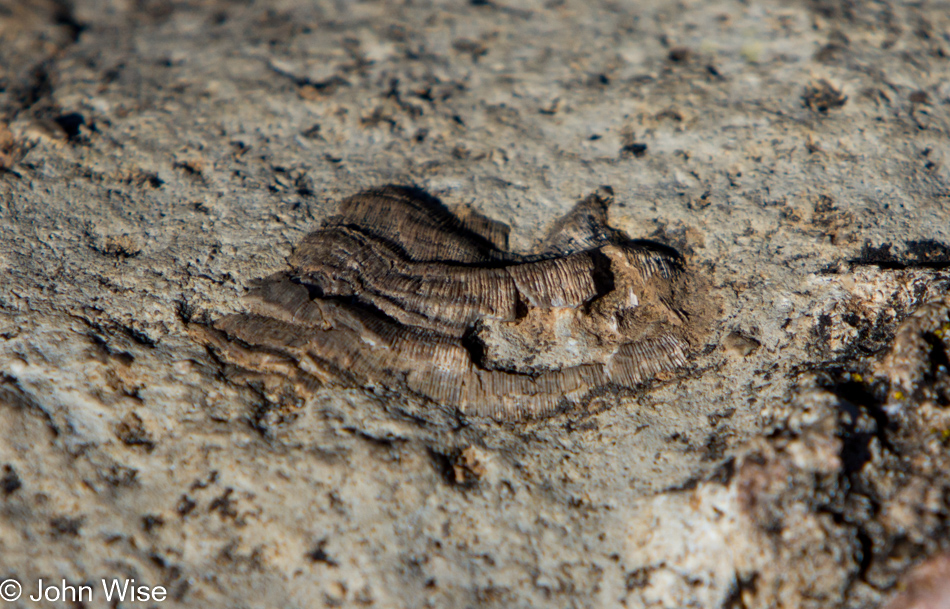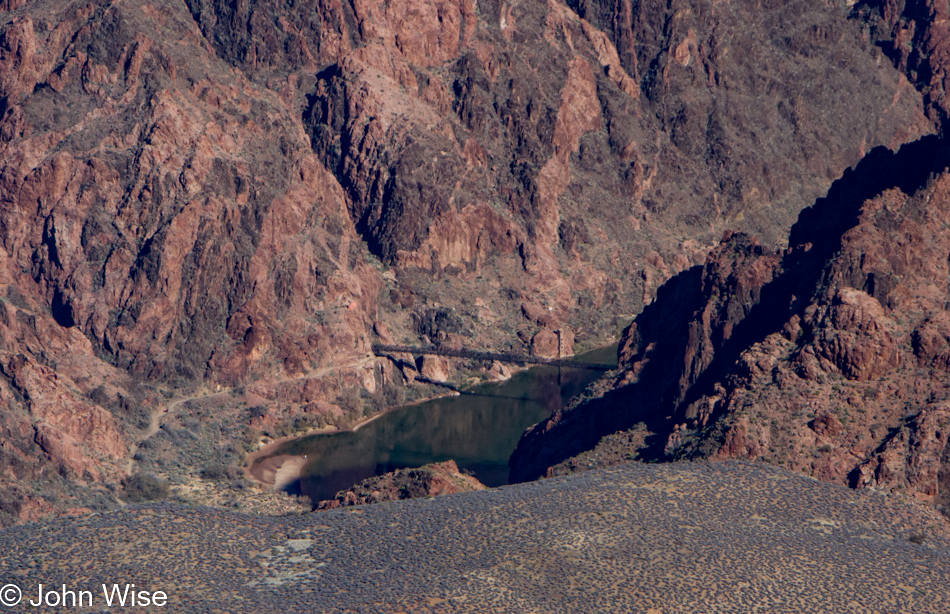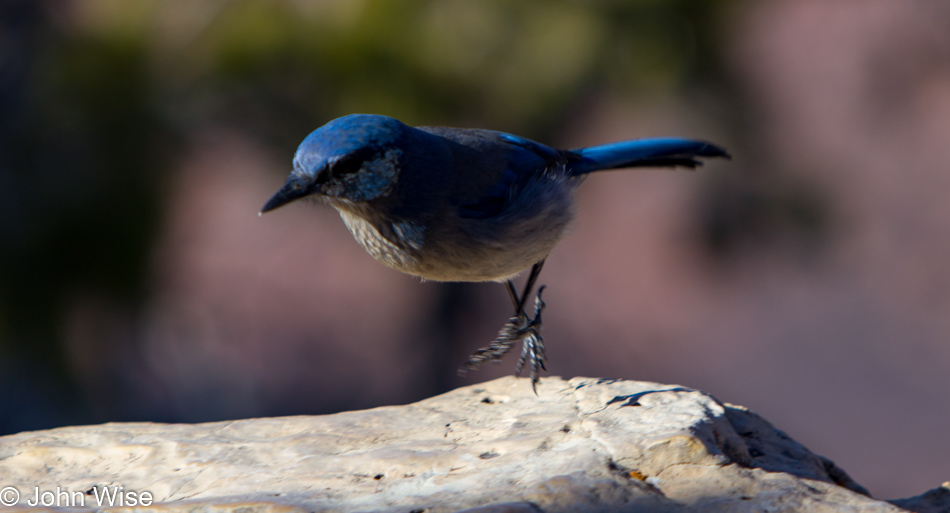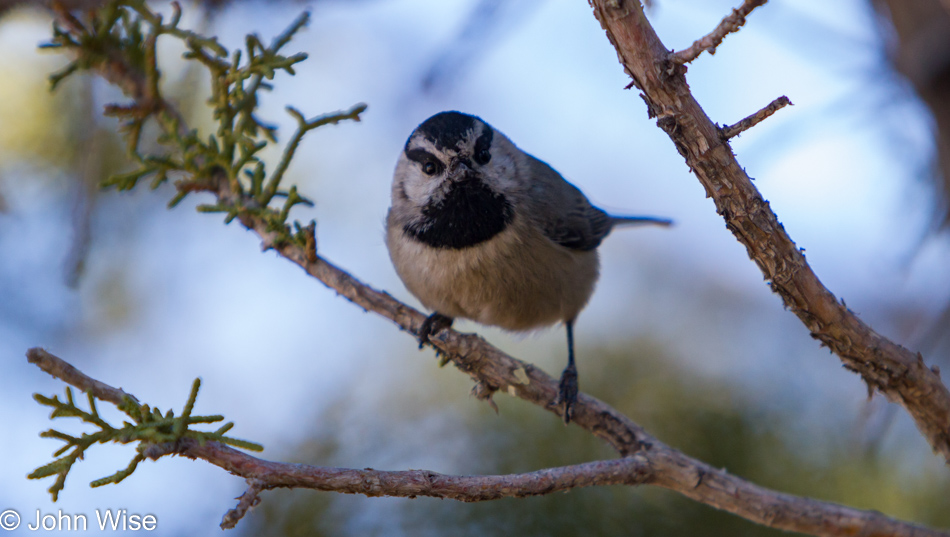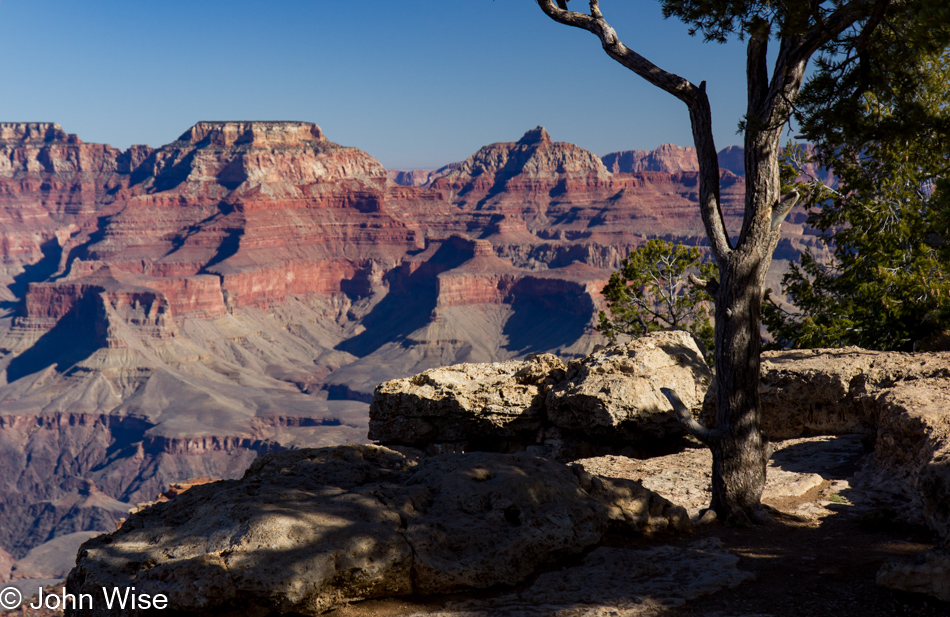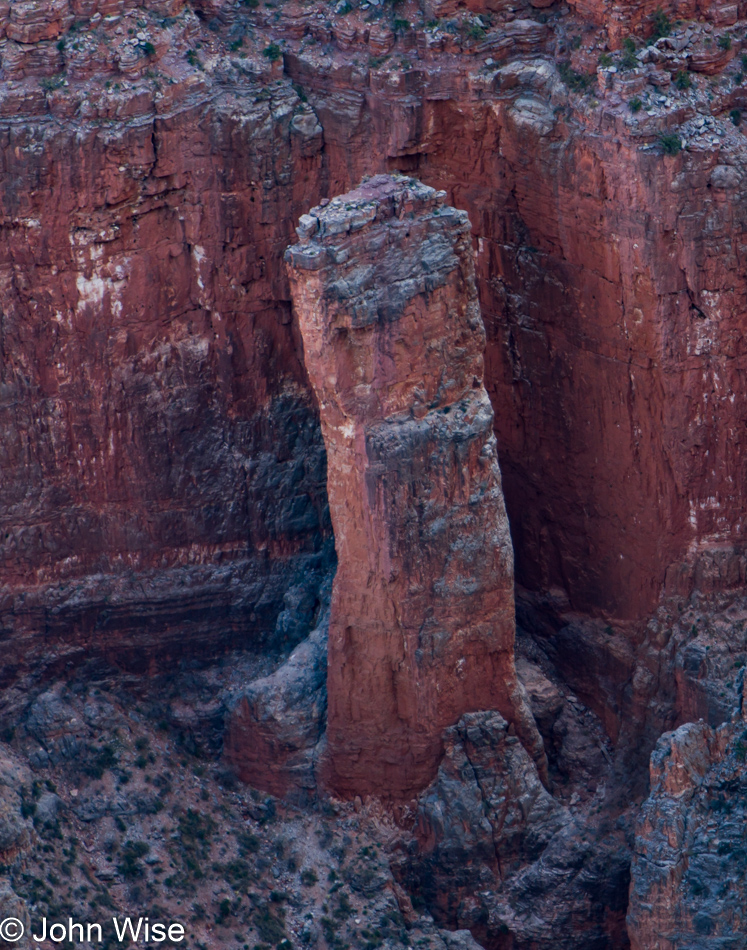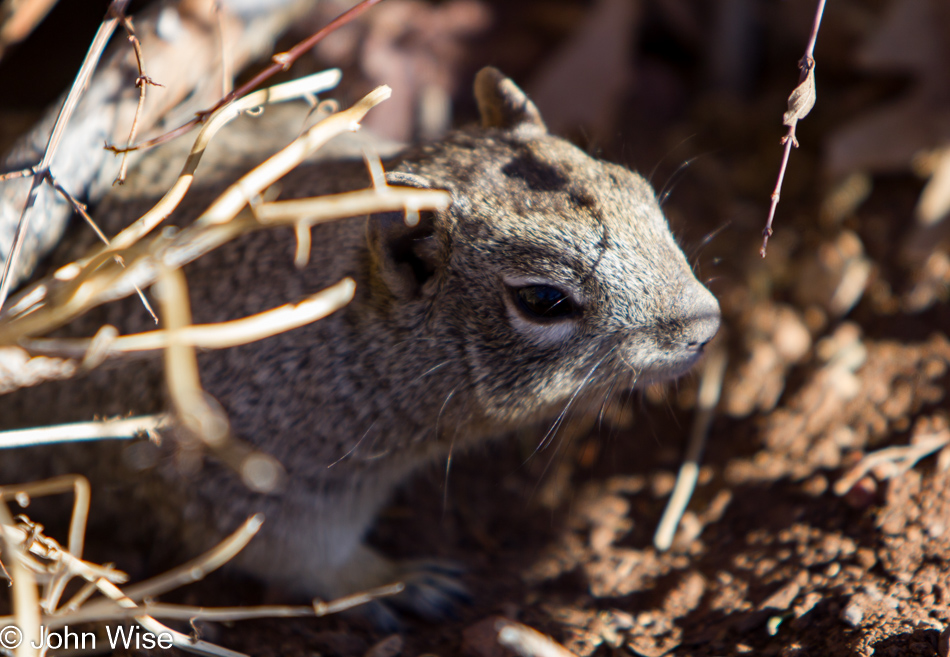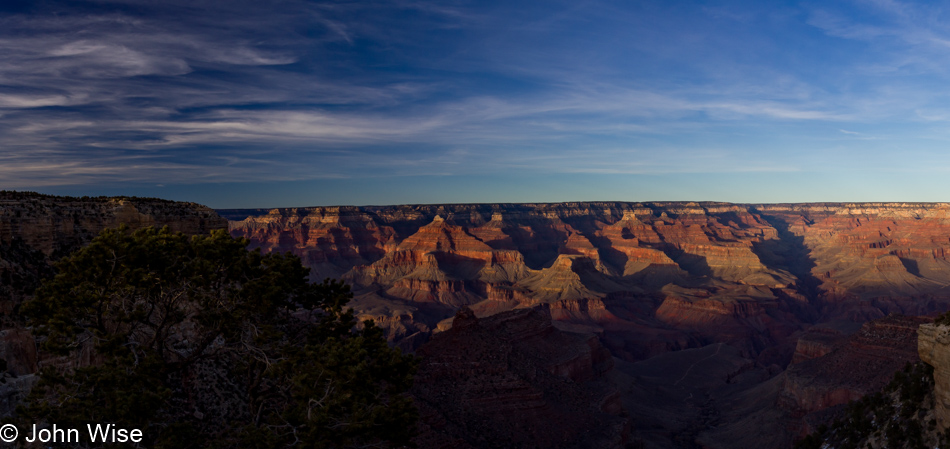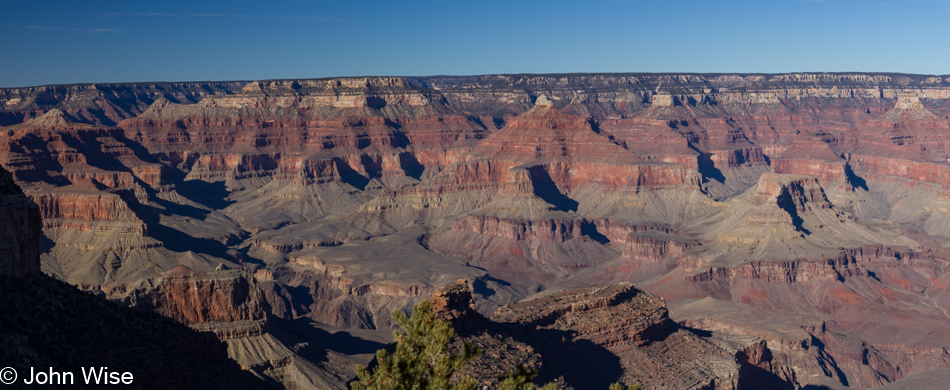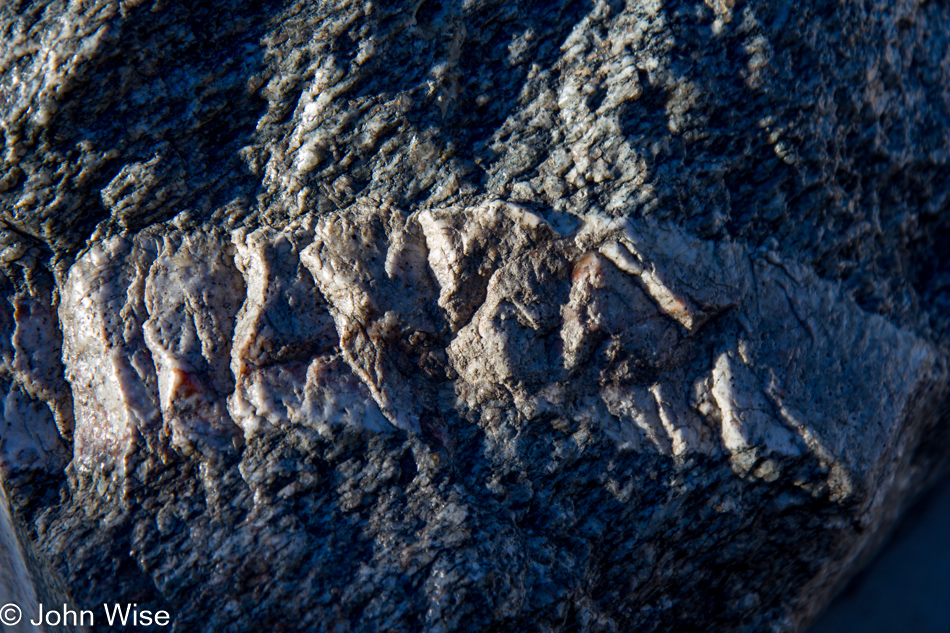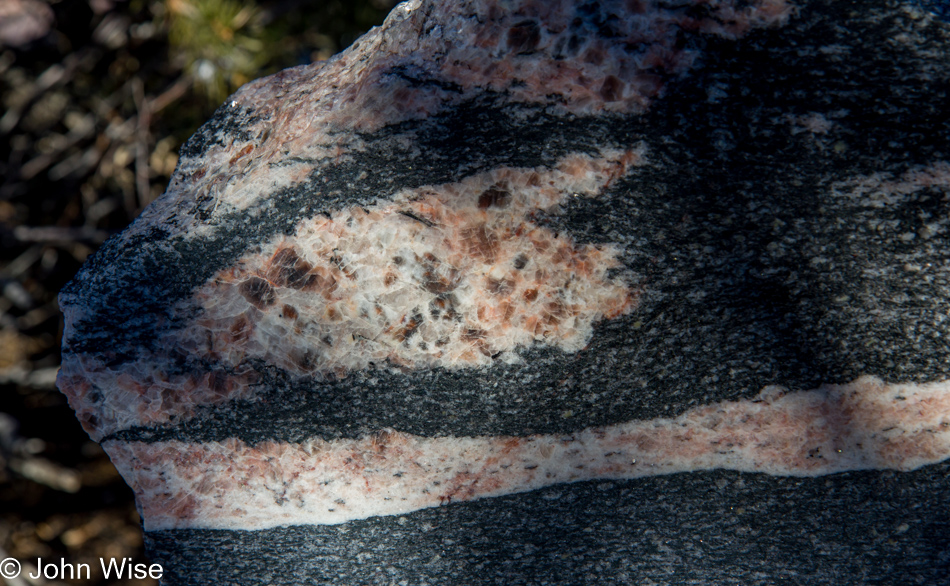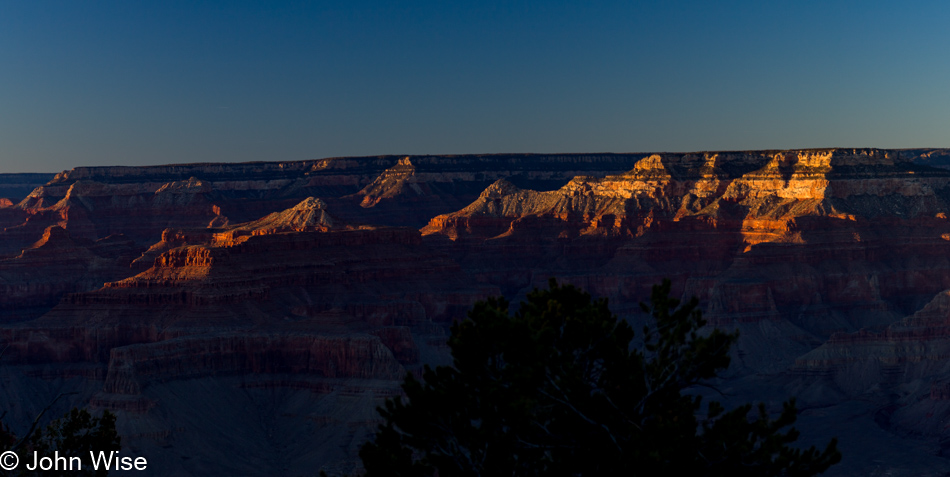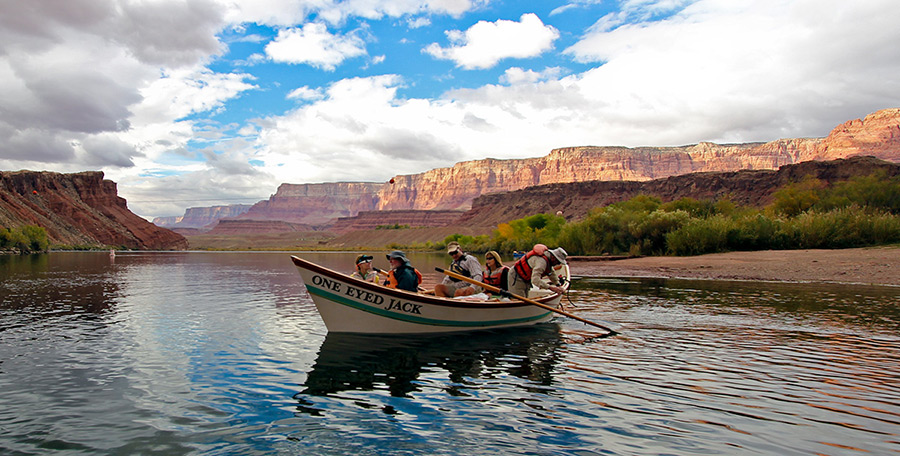
Last year, my wife and I nabbed two seats on an 18-day dory trip rowing down the Colorado River through the Grand Canyon. This would be our first whitewater adventure and the first time I would need to use my CPAP without the ability to plug it into a wall outlet.
For months, I searched online forums, product literature, and called sleep apnea doctors, trying to find information on using a CPAP for an extended period of time off the grid. I came up with one story about using a battery backup during electrical outages following hurricanes in Florida. Another told of a guy who lugged 40-pound deep cycle marine batteries into the wild, but these would only be good for a couple, maybe three nights of use. I needed to find a solution that would give me the best results without having to move 240 pounds of batteries on a rafting trip. Other stories involved hunters using batteries, often directly from their vehicles, but those were never more than a day or two.
Considering I had almost one year left before our departure date, I was certain I would find answers. I learned that Sine Wave Inverters drain batteries fast. Then I found a travel CPAP, but it would require buying a new CPAP unit and 12 of their proprietary batteries. This still wasn’t the solution I wanted; I was determined to use the CPAP I am used to sleeping with and enjoying. Someone suggested solar, but we would be deep in the canyon with an uncertainty of available sunshine, not to mention the size requirements of a large enough panel; this eliminated the idea of bringing solar.
Halfway between the booking and the approaching launch date, I began getting nervous that I might have to go into this river trip without my CPAP after all, knowing this would negatively affect my enjoyment of the trip as I’d likely be falling asleep during the day while we were barreling through rapids or I’d be napping while the others were off exploring side canyons.
Then, I found Chris at theCPAPshop.com in New Jersey, who told me of a battery configuration that might meet my needs. He had sold this type of battery to other CPAP users, one who dragged it to Africa and someone else who took one to the Himalayas, and while both were satisfied, Chris didn’t have info regarding how many days and hours of charge the batteries delivered to these guys or if they had the opportunity to recharge the units during their trip. He offered to work with me so the two of us could learn how well someone can travel off-grid for an extended period of time with their CPAP.

The first 9-pound battery measuring just 10”x7”x3” arrived within a few days. I ensured the unit was fully charged and immediately started testing for what results I could expect. From what I had read on sleep forums, using the humidifier was out of the question, as the heating element requires too much electricity.
I connected one end of the ResMed DC Adapter unit to the battery pack and the other end to my ResMed S8 Elite just before going to sleep. My prescription level is 9.0; I start at full pressure and do not use a ramp. I left the humidifier attached but turned it off, hoping it would pick up some humidity and make sleeping as comfortable as possible. I logged the hour and minute when I started the CPAP and when I shut it down upon waking. I would unplug the DC adapter from the battery in the morning, making sure there was no further drain on the unit during the day. The battery performed wonderfully over a period of six nights, providing 40 hours and 55 minutes of usage, averaging 6.8 hours of sleep per night.
After this first test, I took my data card to my sleep doctor, who read and shared the data stored in my CPAP; my median pressure was running a solid 9 with little variance. My AHI score was consistently below 4 – perfect.
The second test was performed the same as above, but this time I recorded precisely 42 hours of usage or 7 hours of CPAP therapy per night.
For the third test, I removed the humidifier (my doctor recommended I use RoEzit Dermal Care to moisturize my nasal passages and minimize the chance of nose bleeds), then I lowered my pressure to 8.6 (against my doctor’s recommendation) using a 30-minute ramp starting at a pressure of 5. I was curious if the ramp and lower pressure would extend battery life. While the data card results showed no variance in my AHI score suggesting I was sleeping perfectly, I noticed a difference in both falling asleep and how I felt at night. For my efforts, I lost 4 minutes of battery power during this third test. Changing the pressure and using the ramp was worth exploring, but as I gained nothing, I decided against trying even lower pressures and longer ramp periods. The battery held 41.93 hours of charge for this test.
A second battery arrived, giving me enough time prior to our trip to ensure the unit was comparable to the first. After six full nights of sleep, the battery was fully discharged, and I logged just over 40 hours of use of my CPAP. I recharged the unit for a second run; this time, I logged just under 40 hours.
Now armed with two of these power bricks and just a week before heading down the Colorado, I felt confident that with approximately 82 hours of battery power, I would be in a better position to enjoy the journey. During the test period, I was sleeping 6 hours 48 minutes per night on average; with 82 hours of battery charge, I would be looking at about 5 hours of sleep therapy with my CPAP per night and the possibility of one and three-quarter hours of sleep without the CPAP. The alternative of not going on the trip or doing it without any therapy at all was not an option; I was happy with the solution Chris helped me put together.
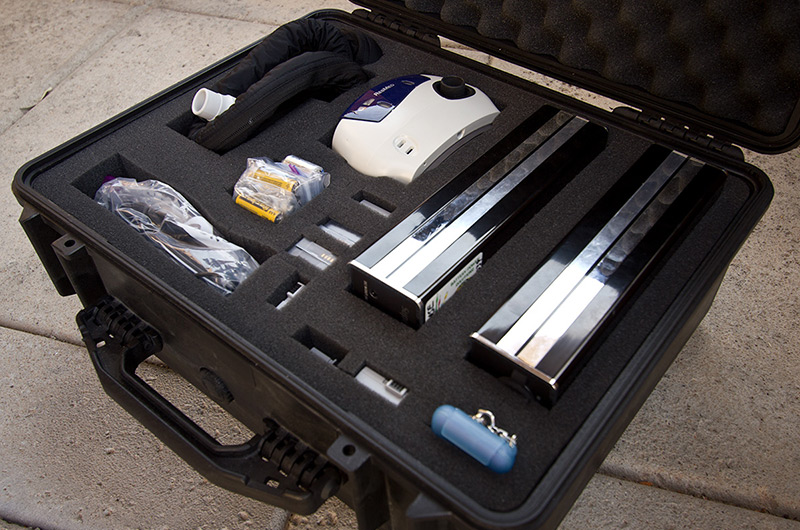
Before leaving I borrowed a waterproof Pelican 1550 case measuring approximately 20”x17”x8” weighing 11.5 pounds. I packed both 9-pound batteries, my CPAP, a dozen camera batteries, assorted batteries for headlamps, GPS, tent lantern, writing materials, and other miscellaneous items into the case. If I were to buy a Pelican, I would consider either the model 1520, measuring 18”x13”x7” for $120 or the Pelican 1510 Carry-on Case with pull handle and wheels measuring 22”x14”x9” for $134, although it is a bit heavier at 13.5 pounds. With my sleep gear safe, the entire package weighed 38 pounds, still 2 pounds lighter than one marine battery.
How did the equipment hold up? My case easily fit on the inflatable rafts that carried our gear. It did get wet dozens of times on the river, to the point of being submerged when the woman rowing the raft figured out that it could fit below deck, but through it all, the contents were always dry. The case, while on the raft, had to endure some brutal class 8-10 rapids; upon landing onshore, it wasn’t always handled gently, but through it all, I never once encountered a single problem or malfunction.
How did things work out, and how cumbersome was it to drag the battery, CPAP, hose, DC converter, and mask into the tent every night? The first night felt awkward, mostly because I was expecting different results from what I had at home or some kind of equipment failure, but everything went fine. My first night’s setup had the CPAP and battery right next to my head in our tent; the noise interfered with my sleep, making me restless, although this could have also been the adrenaline of what we were doing combined with the noise of Soap Creek rapid not much more than 100 yards away. The second night, I pushed the battery and CPAP as far away towards my feet as possible, seeing I had a six-foot length of hose, and slept much better.
Each night, I would set an alarm to go off 5 hours from when I put the mask on. Around 3:00 a.m., I would wake, take off the mask, toss it to my right, and reach down to unplug the DC connector from the battery. Within 20 seconds, I was back to sleep; well, as much as anyone with sleep apnea can be asleep when therapy isn’t an option.
The plan to sleep 5 hours with the CPAP ended up needing some flexibility as waking up from a bladder that demanded attention 4 hours 15 minutes into the night simply had me unplug the unit, figuring I could use those 45 minutes on another night when I might really need it. During the first eight nights of our trip, I logged 39.5 hours on the first battery.
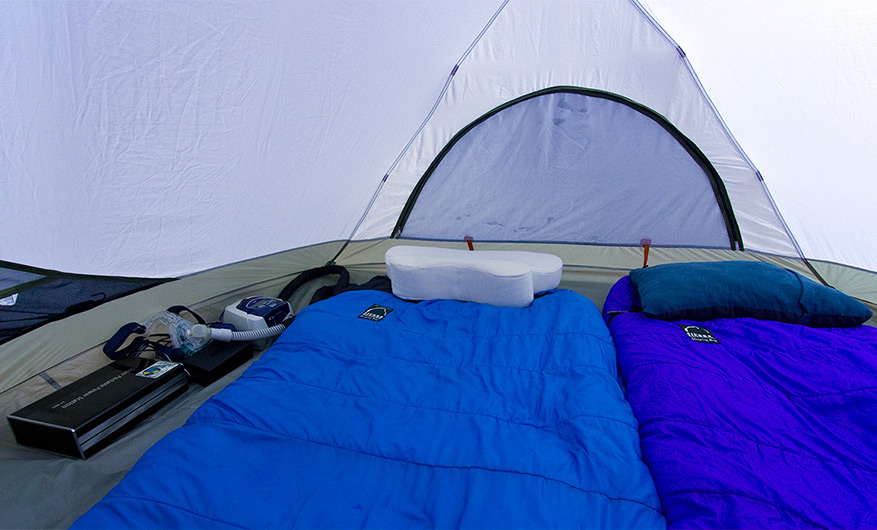
On the ninth night of our river trip, I pulled out the second battery. The following five nights all saw exactly 5 hours of usage. The night after, I felt a little indulgent and allowed myself five and three-quarter hours of CPAP usage. The sixteenth night would be my last as 3 ½ hours into the night, I lost power, meaning the final night on the river would be without CPAP. I had calculated that there would be one night without therapy, and that was okay as it would be our last night on the river.
My total battery time expectation had been 82 hours; I ended up with just under 79 and am absolutely happy with the results. Never once on the trip was I drowsy or in need of a midday nap. We were typically up before everyone but the boatmen, packed and ready for coffee by the time the camp wake-up call went out. In the evenings we were always two of the last people to leave the fire as we enjoyed every bit of music and storytelling that goes on during one of these epic trips. And I slept great; not one camping neighbor or my wife complained about my snoring, maybe because they were all fast asleep as I hit the loud notes in the wee hours after my mask was taken off.
So, if you should want to find yourself on a 5-day backpacking trek and don’t mind the extra 9 pounds of the battery and your CPAP unit, there is no excuse for you not to hit the trail. One of these battery packs would easily offer you eight luxurious hours of sleep a night on a 5-day trip. If you are planning a longer trip where access to electricity is certain not to be had, rest assured that you can count on close to 40 hours of use from each battery. By the way, Chris also carries smaller, lighter units that don’t have as much run time but do offer a lighter load for those shorter trips!
I am so comfortable with this setup that a week after our return, we booked a 10-day backcountry tour on horseback into Yellowstone National Park for next year and are considering an 11-day trip down the Tatshenshini-Alsek rivers in Alaska in August 2012 – these kinds of adventures need lots of planning and are often once-in-a-lifetime opportunities, ones that I don’t have to let sleep apnea stop me from enjoying.
More information at http://www.thecpapshop.com/ or call Chris and his great staff at 866-414-9700

